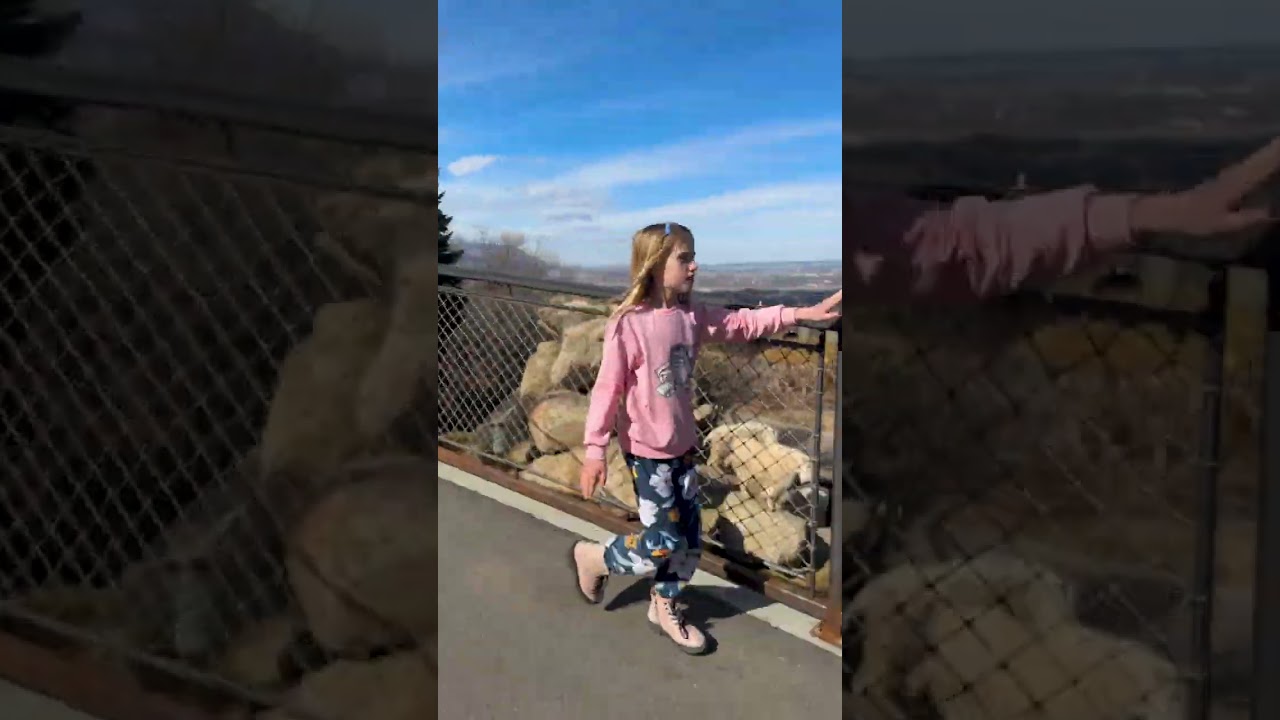– The educational role of Dog Days at the Zoo event and its significance for public awareness and wildlife conservation.
– An overview of the logistics, activities, and experiences offered during Dog Days at the Zoo to engage a diverse audience.
– The science of creating animal enrichment activities and their benefits to animal welfare in a zoo setting.
– The role of community involvement and collaboration in successful zoo events like Dog Days at the Zoo.
– Insights into sustainable zoo management practices highlighted during Dog Days at the Zoo, which foster conservation efforts.
—
As zoos evolve from mere displays of exotic wildlife to centers for conservation and education, the upcoming Dog Days at the Zoo marks an excellent example of this transition. This event, accessible at cmzoo.org/dogdays, offers an engaging mix of fun, education, and conservation messaging that aligns closely with modern zoological best practices. This article will explore the various aspects of this event, shedding light on its significance in contemporary zoo management and wildlife preservation.
Educational Role of Dog Days at the Zoo
Educational programming is instrumental in zoo settings, fostering a greater understanding and appreciation of wildlife while encouraging conservation efforts. Dog Days at the Zoo encapsulates this educational mission by introducing visitors to the nuanced lives of the canines under its care. Providing a platform for experts to discuss these animals’ behavioral traits, ecological roles, and conservation status, the event transforms visitors into informed advocates for wildlife preservation. Further, interactive activities highlight the importance of biodiversity and the threats posed by habitat loss and climate change.
Logistics, Activities, and Experiences Offered
Dog Days at the Zoo are meticulously planned to ensure a wide array of experiences that cater to different interests and age groups. Canine agility demonstrations and training sessions afford visitors an inside look into the cognitive abilities of different species. Keeper talks demystify the daily routines of zoo canines and highlight best practices in their care. Furthermore, hands-on activities and educational stations create immersive experiences that bridge the gap between theory and practice in wildlife conservation.
Science of Animal Enrichment
Enrichment plays a crucial role in animals’ physical and psychological well-being in zoos. Events like Dog Days at the Zoo often showcase stimulating activities that replicate various natural behaviors. These can include puzzle feeders, scent trails, or even simulated hunting games that challenge and engage the zoo’s canine residents. Such enrichment ensures a higher quality of life for the animals and provides visitors with a clearer understanding of the complex needs of different species in captivity.
Community Involvement and Collaboration
The success of Dog Days at the Zoo often hinges upon the active participation of the community and various stakeholders. Local organizations and conservation groups commonly partake, setting up booths and providing additional learning resources. This collaborative approach emphasizes the communal responsibility in supporting local and global conservation efforts. Guests walking away from Dog Days at the Zoo carry a sense of ownership and a call to action, reinforcing the importance of communal efforts in wildlife conservation.
Sustainable Zoo Management Practices
Sustainability is at the forefront of modern zoo management, and events like Dog Days at the Zoo offer a prime opportunity to display these practices. From the judicious use of resources in setting up the event to educational programs promoting sustainable living, the zoo positions itself as a front-runner in responsible stewardship of the environment. Such practices extend beyond the confines of the zoo, nurturing the conservation ethic in all attendees, who learn that the health of wild canines and their habitats is inseparable from broader environmental well-being.
Dog Days at the Zoo constitutes an exciting and informative foray into the life of canines, both domestic and wild. By participating in this event, visitors gain a multifaceted understanding, imbued with insights into animal behavior, the necessities of enrichment, and the collective power of community engagement in conservation initiatives. The days spent among the howls and barks at the zoo offer more than just an educational outing – they represent a commitment to the enduring partnership between humans, animals, and the shared world they inhabit. Through its carefully crafted programs, Dog Days at the Zoo underscores the vital role that zoos play in wildlife conservation and public education – a role that, with each passing year, becomes ever more critical to preserving our planet’s precious biodiversity.
*****
Source Description


